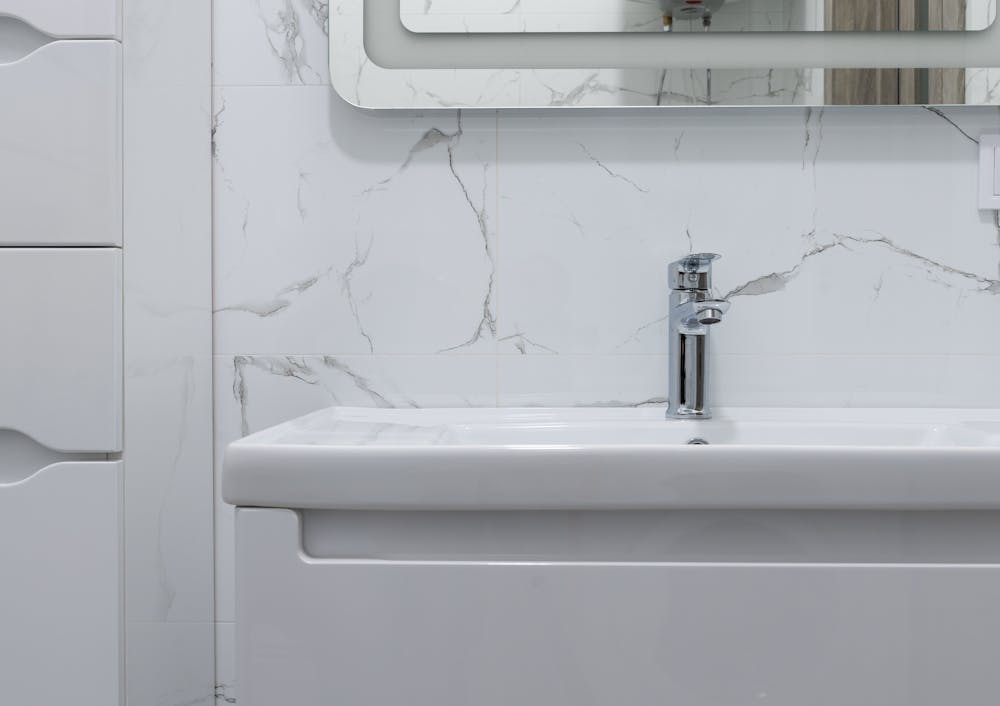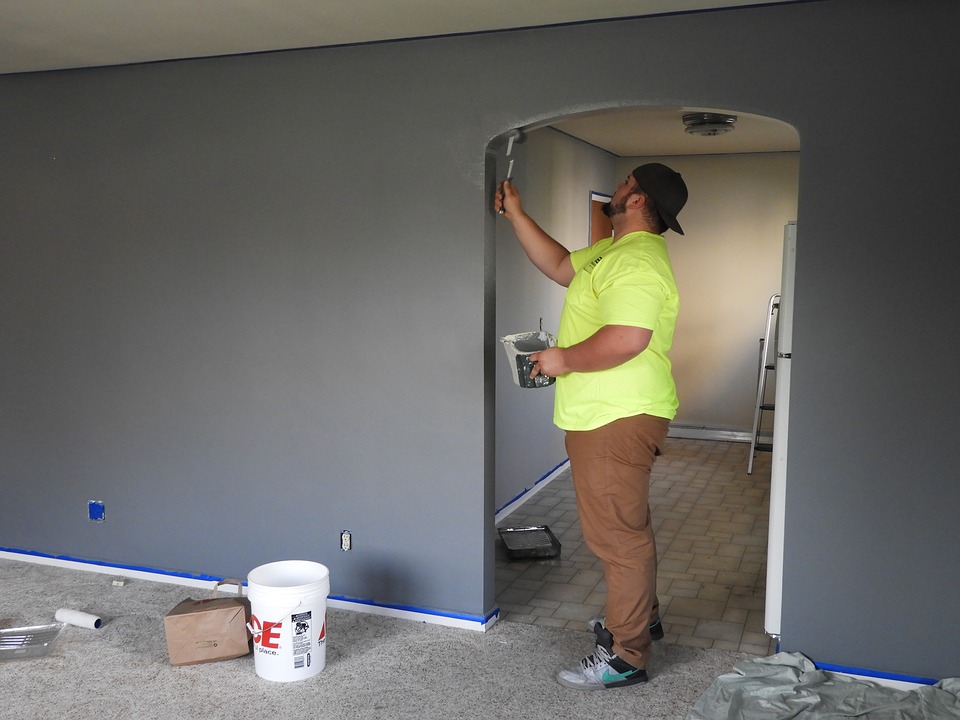Photo by Max Vakhtbovycn from Pexels
Your water heater is one of those home appliances you don’t think about until it stops working. But with proper maintenance, you can significantly extend its life and avoid costly emergency replacements.
Here are seven simple ways to boost your water heater’s lifespan and keep the hot water flowing:
- Schedule Regular Maintenance Checks
Just like your car needs regular servicing, your water heater benefits from annual check-ups. During these inspections, a professional can spot minor issues before they become major problems.
A hot water plumber in Leopold can perform thorough maintenance, removing sediment buildup and checking vital components like the pressure relief valve and heating elements.
- Adjust the Temperature
The default temperature for most water heaters is 60°C (140°F). That’s hotter than most households need and can lead to scalding, higher bills, and faster wear on the system.
Lowering the temperature to around 49–50°C (120°F) is safer, more energy-efficient, and easier on your water heater. Just find the temperature dial (usually near the bottom of the tank), turn it down, and let the heater do the rest.
- Check the Anode Rod
The anode rod is a metal stick inside the tank that helps prevent rust. It attracts corrosion so the tank itself doesn’t get rusty. But this rod wears out over time. Checking it every couple of years can add years to your water heater’s life.
It’s a simple part that, when taken care of properly, can save you the cost of a full replacement down the road.
- Flush Your Tank Annually
Water heaters and sediment buildup are sworn enemies. That might sound overly dramatic, but as water is heated, minerals naturally separate and settle at the bottom of your tank, forcing it to work harder. This not only causes unnecessary strain, but also reduces efficiency.
To combat this, you should flush the tank once a year to remove this buildup and help your system run more smoothly. Luckily, you don’t need to be a professional, as most water heaters have a valve for drainage near the bottom.
Hook up a garden hose, let the water run into a bucket or out a nearby drain, and flush out the sediment. Just make sure to turn off the power or gas first for safety.
- Test the Pressure Relief Valve
This valve is an important safety feature that releases excess pressure if the tank gets too hot. To test it, lift the lever and let it snap back.
You should hear a rush of water or see some water come out of the drainpipe. If nothing happens, or it leaks afterward, the valve may need replacing.
- Fix Leaks and Drips Quickly
A small drip might not seem important, but it can be the start of a bigger problem. Rust, water damage, and mold growth all stem from leaks. If you notice water pooling around the base of your heater or hear dripping from pipes, don’t wait. Address it as soon as possible.
- Insulate Your Water Heater and Pipes
Adding insulation to your water heater and the surrounding pipes can go a long way to improve efficiency and reduce wear on your system.
A water heater blanket can reduce standby heat loss by 25-45%, particularly for older models or heaters located in unheated areas like garages or basements.
A Little Maintenance Goes a Long Way
Every day, your water heater works hard to make you comfortable. Taking a little time to maintain it can make a big difference in how long it lasts and how well it works.



